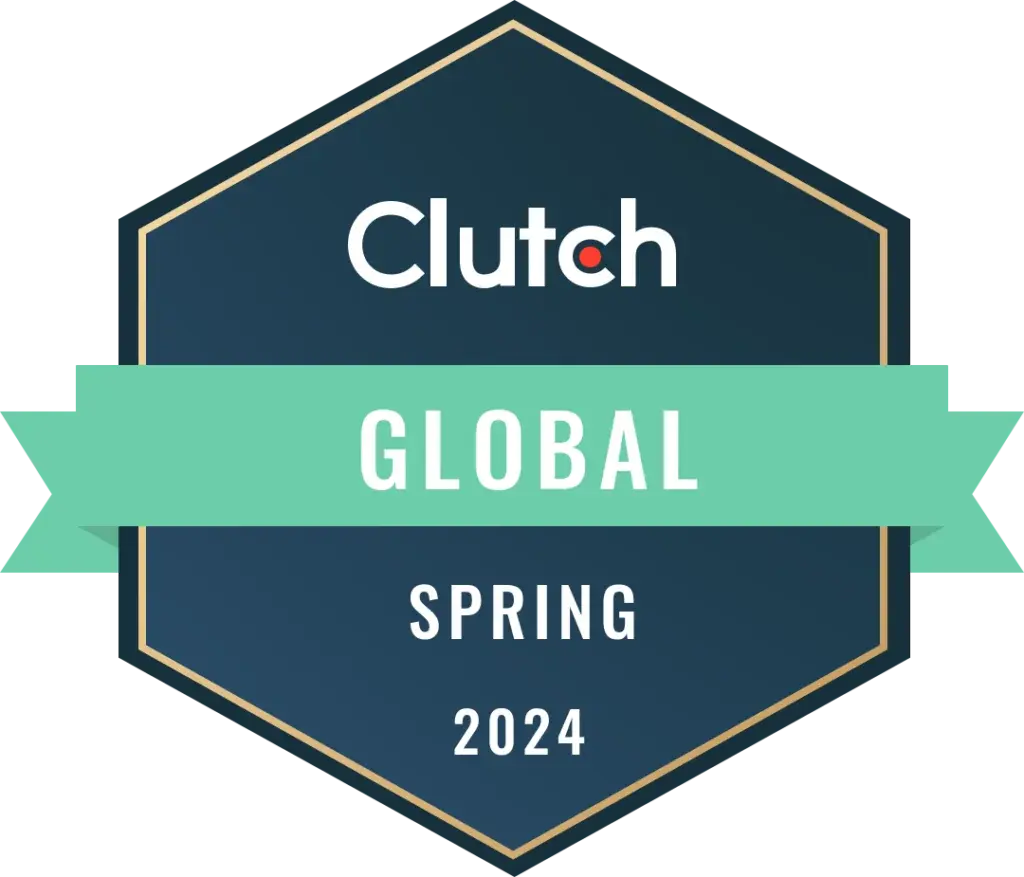WHAT DOES “INFLUENCER” EVEN MEAN”?
Malinda Sanna

In the categories we explore in our insights work, “discovery” is nearly always something we are specifically asked to look at. In other words, how do people first come across an item they want to buy? It’s a process that has become more complex, as the shopping world has been upended in the last few years, with digital channels exploding during the pandemic, and a proliferation of user-generated content replacing traditional media.
What we’re seeing is an enormous atomisation of the Influencer sphere. We recently asked our 100-woman U.S. LuxuryVerse who she follows on social media to discover new luxury fashion, and the only “pure influencers” that got more than one mention were Sofia Richie, Arielle Charnas and Morgan Stewart. We did get over 100+ other names, though, which included editors, stylists, retail founders and fashion sourcers. And only one mention of a Kardashian (Kim).
As we all become increasingly aware of the distinction between human creativity and the (typically) tepid, flat output of generative AI, we are collectively developing a finely-tuned “realDAR”, or ability to pick up what is real vs. fake.
Luxury buyers are extremely good at this. So while they scroll, they are now easily able to pick up what has been sponsored, regardless of whether it is even clearly labeled that way.
Says Rebecca from Los Angeles:
“Influencers can no longer be trusted. They are for sale. Their opinions are no longer respected.”
Adds Jill from Chicago:
“From what I’ve seen, influencers don’t get [real] luxury items gifted to “influence”. I don’t see them getting Chanel or Tom Ford (actually he told me he will NEVER) or Dolce or Cucinelli. I have seen “influencers” get invited to store events of fashion shows but it’s usually mid brands like Carolina Herrera or Valentino or Miu Miu.”
Yet, discovery is still taking place online, even for luxury goods, which often can’t be purchased online. In our recent study on “Influence” where we asked each person to tell us the story of a recent luxury goods purchase, 56% of initial discoveries took place in a digital realm, whether it was a shopping website, on social media, or in a group text. (Another fun fact from our study is that amongst Gen Z, one-third consult with friends by showing a picture, often via screenshot, before they buy.)
People are taking longer to consider purchases now, in an inflationary environment. This means an item may need to show up several times in their digital (or real) world before they are finally compelled to purchase it.
It’s important for brands to understand the digital worlds where their customers hang out, in order to make strategic choices about where they, as brands, should show up. When everyone is their own curator within the vast universe of available content, from Substack to personal shopper IG accounts, the effective media plan now looks much more like a tiled mosaic than a dartboard with traditional “Influencers” in the bullseye.
What other insights did our LuxuryVerse members have to share? Download our latest U.S. LuxuryVerse study on Influencers: https://looklook.app/insights/


